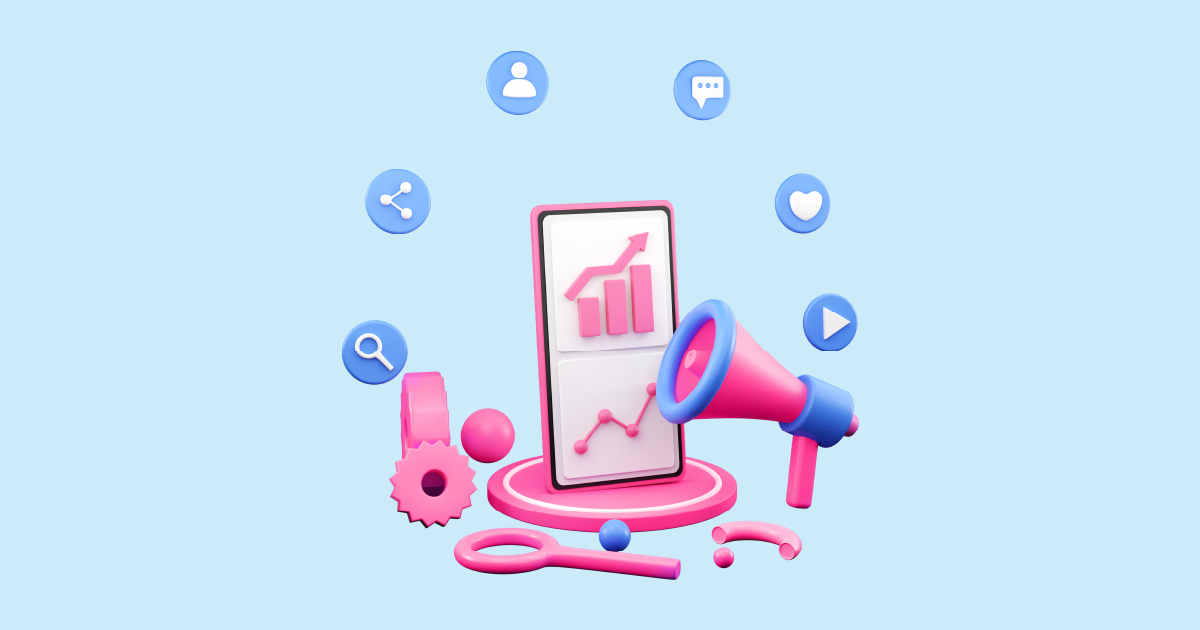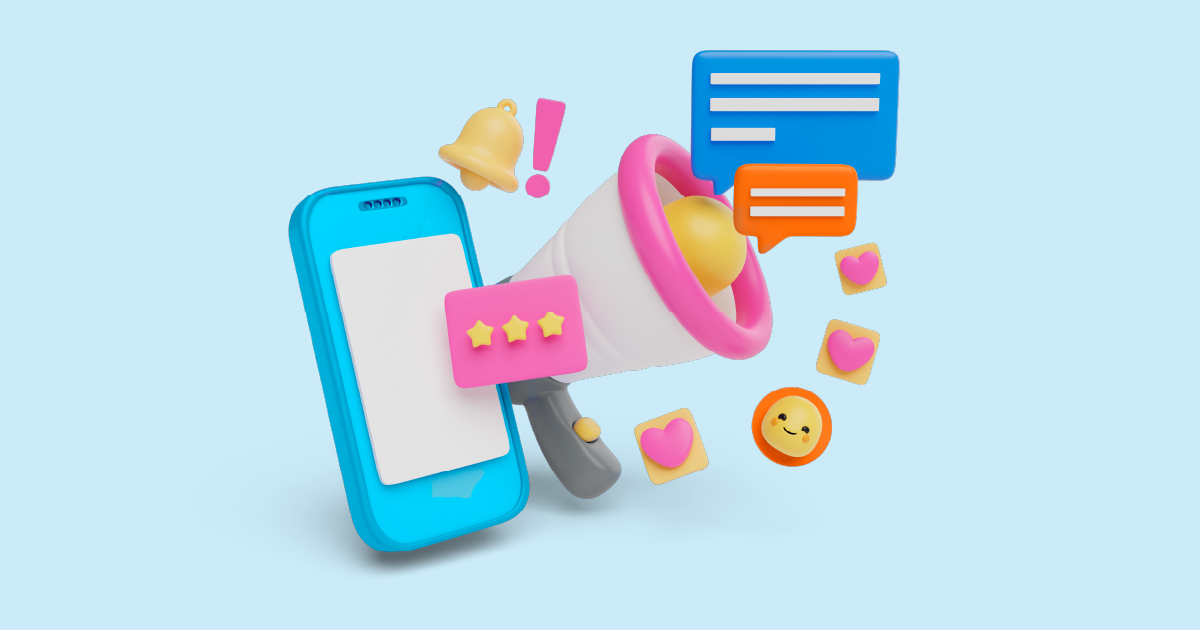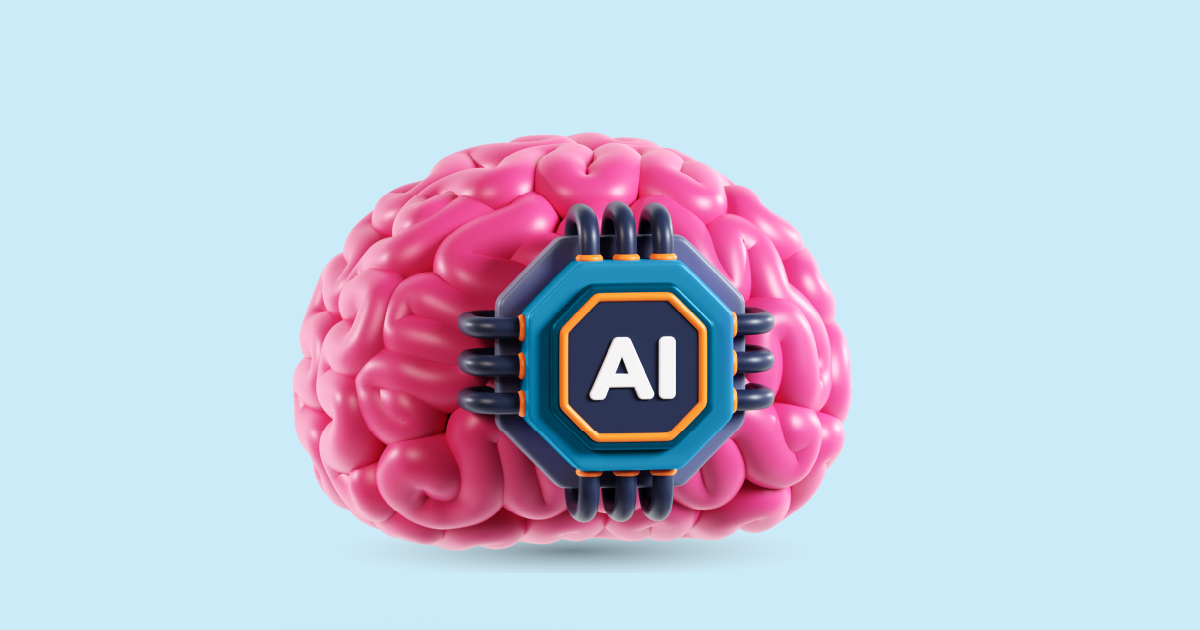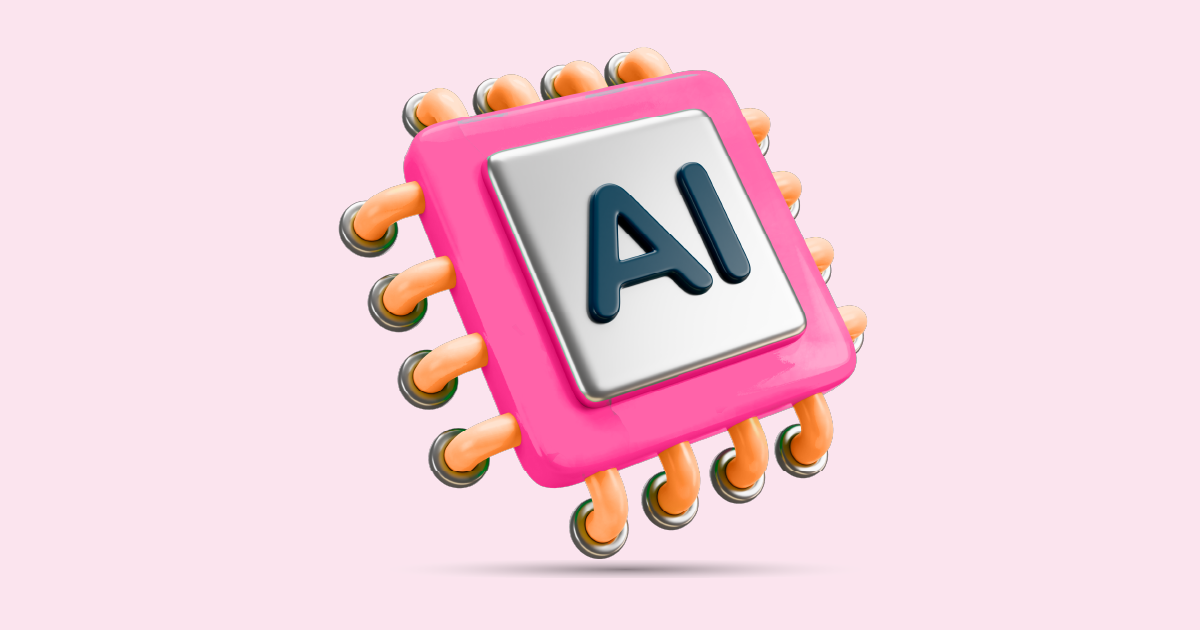AI Voice Analysis is revolutionizing how we interact with technology, offering a new dimension to understanding human speech beyond mere words. It delves into the nuances of vocal tone, pitch, and emotion, providing insights that were previously inaccessible. But why is this important? Because it allows for more personalized, efficient, and intuitive interactions across various sectors.
How AI Voice Analysis Works
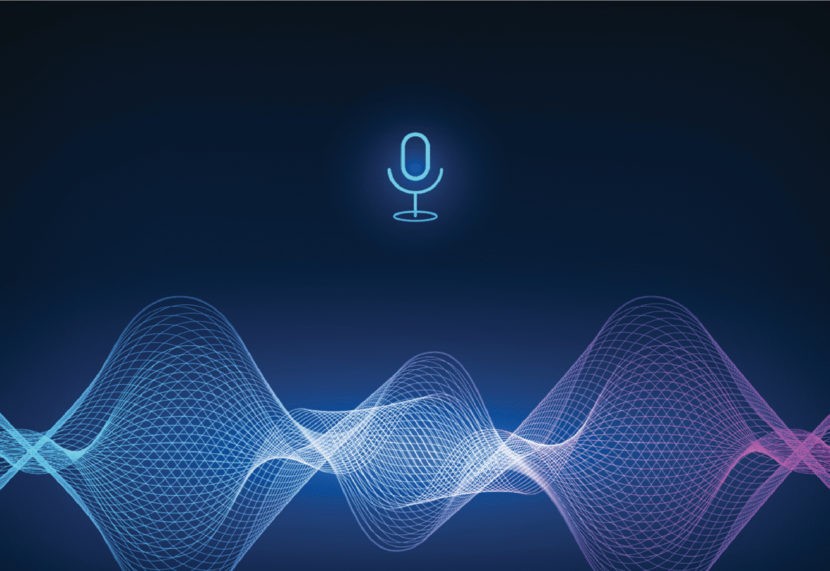
1. Data Collection and Processing
At the core of AI Voice Analytics is data—lots of it. This data includes voice recordings that are processed and analyzed using sophisticated algorithms. The process begins with collecting voice samples, which are then digitized and broken down into understandable components.
2. Machine Learning Models
Machine learning models are trained on these data sets to identify patterns and nuances in speech. These models learn to distinguish between different speakers, emotions, and even accents.
3. Speech Recognition vs. Voice Analysis
While speech recognition focuses on transcribing spoken words, voice analysis goes a step further by interpreting the speaker’s intent, emotion, and even health conditions.
Key Components of AI Voice Analysis
1. Acoustic Features
These include elements like pitch, tone, and volume, which help in identifying the emotional state of the speaker.
2. Linguistic Features
This component focuses on the choice of words, sentence structure, and grammar used by the speaker.
3. Paralinguistic Features
These are the non-verbal elements of speech, such as pauses, sighs, and laughter, which can indicate the speaker’s emotional and psychological state.
Applications
1. Healthcare
In healthcare, AI Voice Analytics is used for early diagnosis of conditions like depression, anxiety, and even Parkinson’s disease. By analyzing speech patterns, healthcare providers can detect signs of mental and neurological disorders early.
2. Customer Service
AI Voice Analytics enhances customer service by providing agents with real-time feedback on customer emotions. This allows for more empathetic and effective communication.
3. Security and Law Enforcement
In security, AI Voice Analytics is used for lie detection and identifying stress levels in real-time, aiding in investigations and security screenings.
4. Personal Assistants
Voice assistants like Siri and Alexa use AI Voice Analysis to understand and respond to user commands more accurately, making interactions more natural and effective.
Advantages
1. Efficiency and Accuracy
AI Voice Analytics provides rapid, accurate analysis of speech, significantly improving the efficiency of various processes, from customer service to healthcare diagnostics.
2. Real-time Analysis
One of the standout features is the ability to analyze speech in real-time, allowing for immediate feedback and action.
3. Multilingual Capabilities
AI Voice Analytics systems are increasingly becoming adept at understanding and processing multiple languages, making them accessible to a global audience.
Challenges
1. Privacy Concerns
The collection and analysis of voice data raise significant privacy issues. Ensuring that data is stored securely and used ethically is a major challenge.
2. Accuracy Issues
While AI has come a long way, it is not infallible. Misinterpretation of speech can lead to errors, which in some contexts, such as healthcare, can have serious consequences.
3. Ethical Considerations
The use of AI to analyze speech raises ethical questions, particularly around consent and the potential for misuse of data.
Future Trends in AI Voice Analysis
1. Enhanced Emotional Detection
Future developments in AI Voice Analytics are expected to include more refined emotional detection, allowing for even more personalized interactions.
2. Personalized Voice Experiences
As AI becomes more adept at understanding individual speech patterns, it will offer more personalized experiences, adapting to the user’s unique style and preferences.
3. Integration with IoT
The integration of AI Voice Analysis with the Internet of Things (IoT) will enable more seamless interaction with smart devices, enhancing their utility and functionality.
Case Studies
1. AI in Healthcare Diagnostics
A notable example is the use of AI Voice Analysis in diagnosing mental health conditions, where it has shown promise in identifying early signs of depression and anxiety.
2. AI in Customer Experience
Companies have used AI Voice Analysis to improve customer service by providing real-time insights into customer emotions, leading to more tailored and effective service.
Conclusion
AI Voice Analysis is transforming the way we interact with technology and each other. Its ability to understand not just what we say, but how we say it, opens up new possibilities in healthcare, customer service, security, and beyond. As technology continues to advance, the future of AI Voice Analysis looks promising, with potential applications limited only by our imagination.
Interested in seeing how AI Voice Analytics can benefit your business? Request a demo from AIM Technologies today and discover the transformative potential of AI in your industry.
FAQs
1. What is AI Voice Analysis?
AI Voice Analytics is a technology that interprets various elements of human speech, such as tone, pitch, and emotion, to provide insights beyond just the words spoken.
2. How is AI Voice Analysis used in healthcare?
It is used to diagnose mental health conditions, monitor neurological disorders, and even assess the risk of certain diseases by analyzing speech patterns.
3. Can AI Voice Analysis detect emotions?
Yes, AI Voice Analytics can detect emotions by analyzing the tone, pitch, and rhythm of speech, providing insights into the speaker’s emotional state.
4. What are the privacy concerns related to AI Voice Analytics?
Privacy concerns include the secure storage of voice data, potential misuse of data, and ensuring that users give informed consent for their data to be analyzed.
5. How does AI Voice Analysis differ from traditional speech recognition?
While traditional speech recognition focuses on transcribing words, AI Voice Analysis goes deeper by interpreting the speaker’s intent, emotions, and health indicators.
